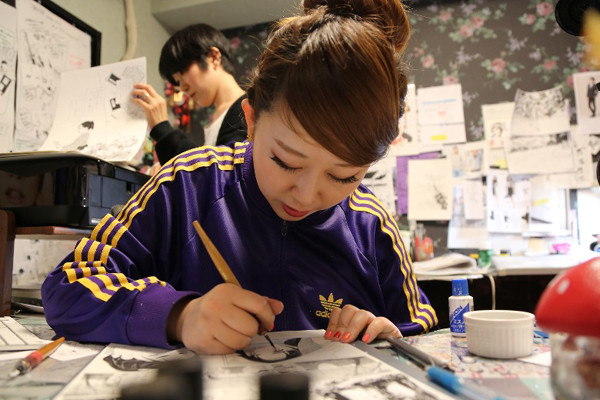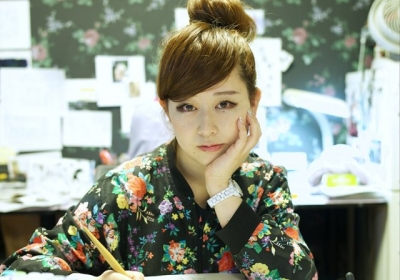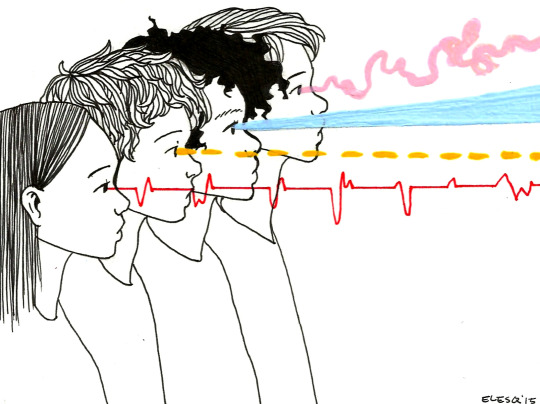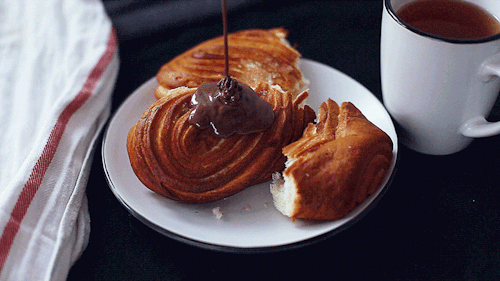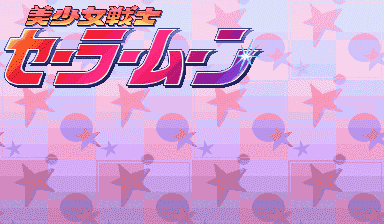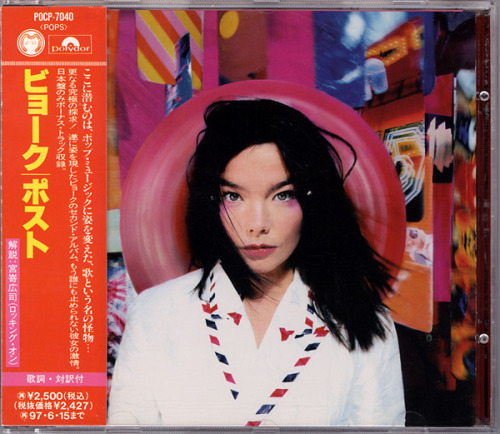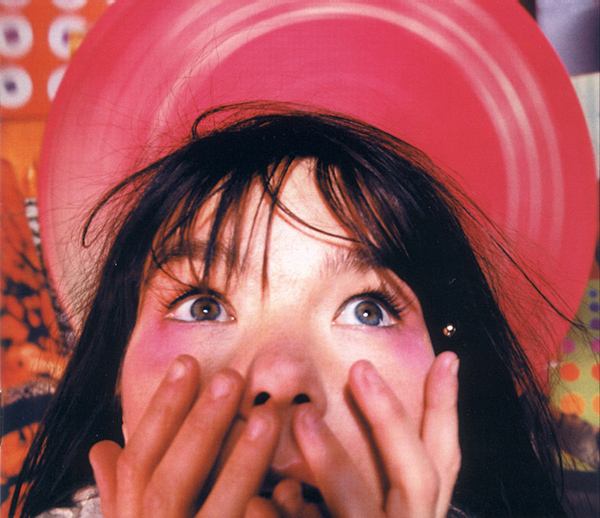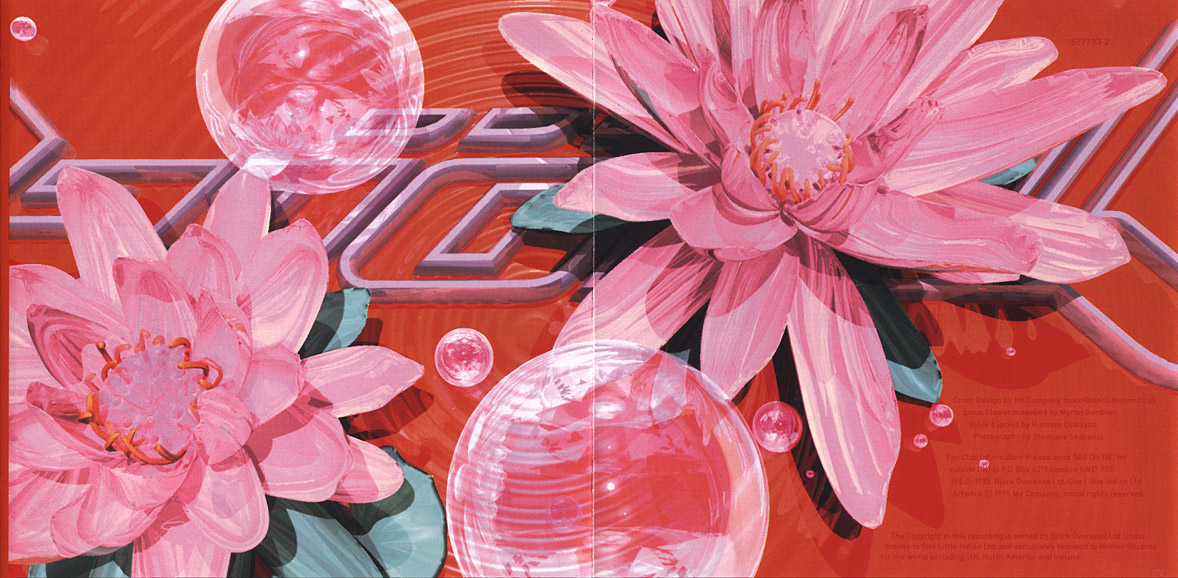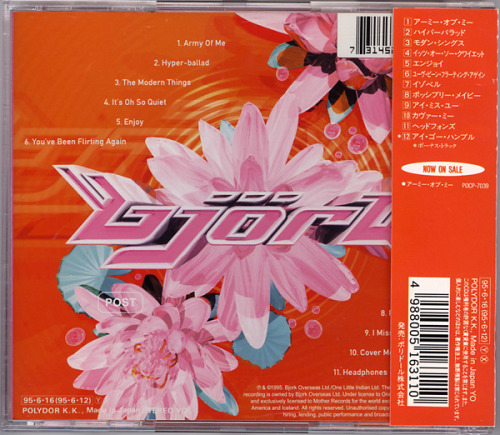I just completed my first year in my PhD program, and I’m back at home in my parents’ house visiting for a few weeks before I go do summer research/language acquisition in South America. The novelty of eating your mother’s food and not having to pay for anything gets old very quickly, especially when none of your friends – high school or college friends – live in your hometown to help you blow money on chili cheese fries or underwear deals.
I have been reminiscing about those times, my adolescence and early college years, as I sit around and figure out what to do with my time. A friend recommended doing absolutely the opposite of productivity culture: something she terms passionate culture. What did I love to do without guilt, shame, and mental self-mutilation before I became consumed in “how to adult” as an aspiring (and now current) grad student? What was I so actively passionate about that I had multiple lives, not just one as a student? Can I do these things again?
The irony is that my passion for things I loved to do in my adolescence was primarily due to having a similar lack of access to the people and things I wanted to be in conversation with. If I couldn’t access a zine, I would make it. If my mom wouldn’t let me develop my own wardrobe, I could visit fashion blogs and see what I liked and didn’t like. If I couldn’t watch the latest indie or art house films, I would check out their predecessors and influences through the public library and interlibrary loan. I could talk to other folks around the world on LiveJournal and tumblr about black women, feminisms, diasporic melancholy, food packaging design, and 90s Björk remixes and Blur b-sides.
I’ve been re-reading old blog posts that friends and folks i used to follow wrote back in 2013 and before. Julia’s post on the internet and presence stand’s out to me: she identifies the earlier moments, like i outlined above, where sharing yourself on internet platforms didn’t feel too stressful or performative. In the age of apps, streaming, and microblogs/140 characters or less with reduced privacy rights, the internet moves at extremely fast rate. In the age of think pieces, there is less time to reflect, digest, and sit. Curated lives on Facebook and Instagram are full of clickbaity photos, links, and statuses designed for viral appeal. You cannot even browse social network websites a la Instagram, Twitter, Tumblr, and Pinterest without an algorithm “suggesting” content to you. Is there any possible way to craft a presence online in such a climate (or era)? Can I even go back to recapturing the spirit I felt as an adolescent online?
I don’t think so. For one, we can’t turn the clock back to a time where we knew less than we do now. But secondly, the internet from 2000 to 2012 was not peachy keen either. LiveJournal and Xanga accounts (blogs and communities) wielded influence similar to web celebrities and personalities now on Twitter and Instagram. In fact, some of those current folks actually came out of the LJ/Flickr years.They wanted to be like the folks they idealized on fashion communities on LJ and fandom rings on blogger, and this new moment has brought them the opportunity to become that. Yes, there weren’t think pieces or countless selfies, but there were the time period’s equivalents. We’re in a kind of neoliberal internet.
Having said that, there were blogs and internet presences that were just anonymous time capsules. Not explicitly meant to capture an audience or wield influence; but to just share what they wanted to the world, whoever would listen, or to no one in particular. I think this is what Julia was speaking to in her post. The non-curated, messy, typo-ridden, slice of life posts mostly did not have the buzz of “make this viral” all over them; it could be a quiet contribution to knowing the intimate details of someone’s mostly mundane life. Through the quick death and rebirth of memes and vines, the mundane is obscured from view, and maybe isn’t even around because it’s not [socially] profitable.
But then, don’t we have to ask ourselves what we do these things for? If we want to return to slice of life writing, why don’t we just do that? I don’t mean to suggest that an individualist, run against the current approach is the way to turn the tide; the tide is here to stay until a possible internet 3.0 (or the internet ending, somehow). But what do you like to do, who do you imagine are the folks that you will share or not share it with (your audience), and how will you proceed? Do you have the will to proceed? I had to wrestle with this question through a different medium, with regards to academic writing and research. Would I write what I wanted to write, or what I anticipated people wanted me to write? Would I write for myself and people I wanted to be in conversation with, or the folks who I thought I needed to cater to? It was painful to acknowledge that I had even internalized a lot of the behaviors I thought I was above, but eventually I realized I would lose my joy, confidence, and self-respect if I didn’t do the work I wanted to do. So I made it work for me, regardless of whose eyes settled onto the page.
That is the way I also want to approach the rest of my loves. I cannot go back to the past but I can cultivate an outlook that informed the reason why I loved my passions in the past: I gave myself the permission to be messy, non-linear, and curious. Maybe that’s how you get into something again, or at least learn to relax into yourself and leisure.
Supplementary:
* On Self-Respect by Joan Didion


